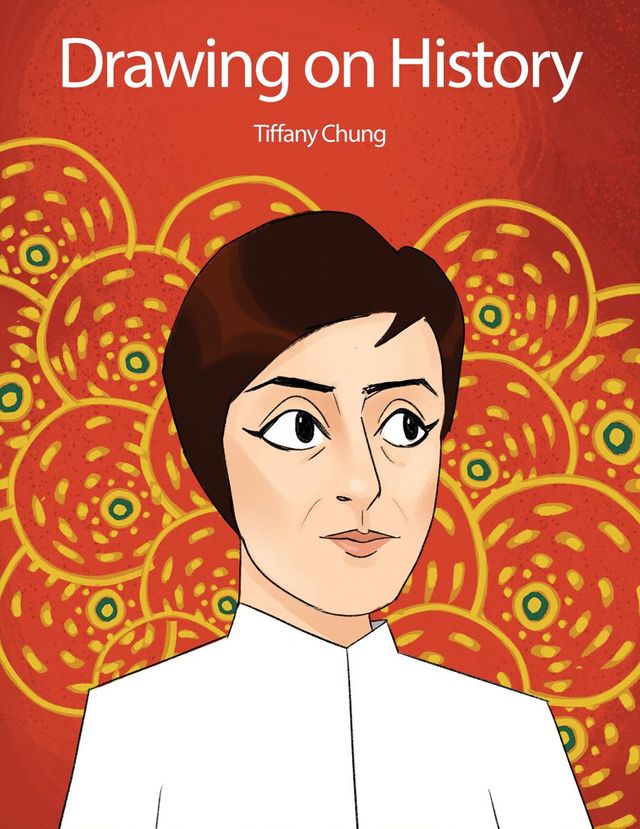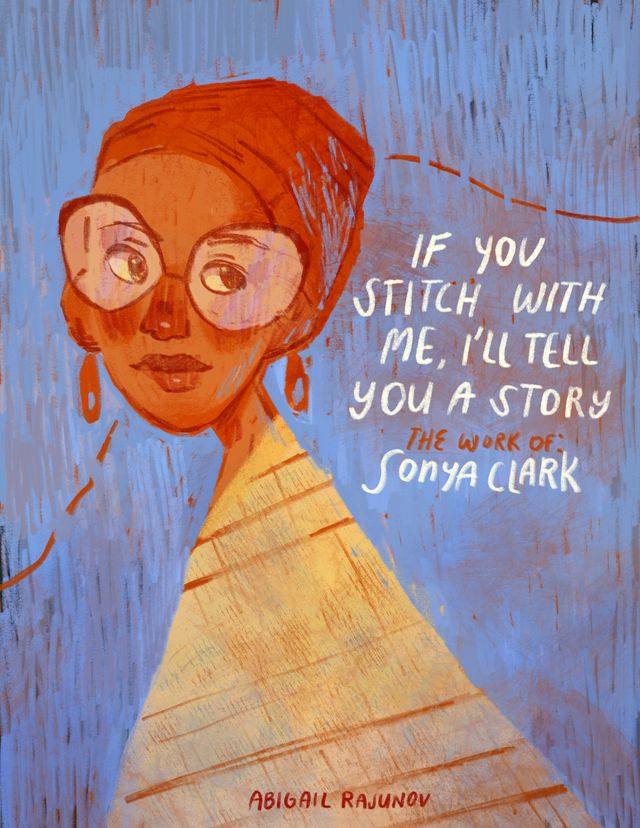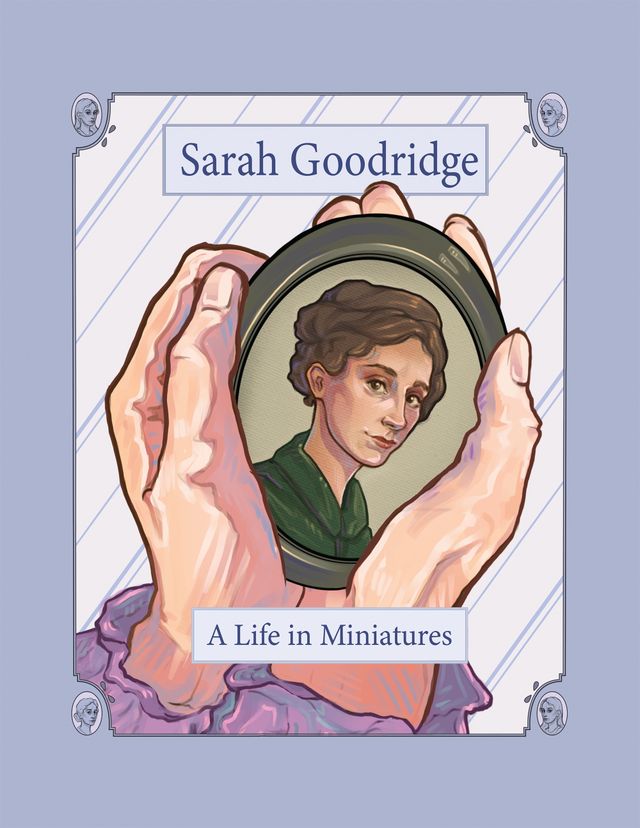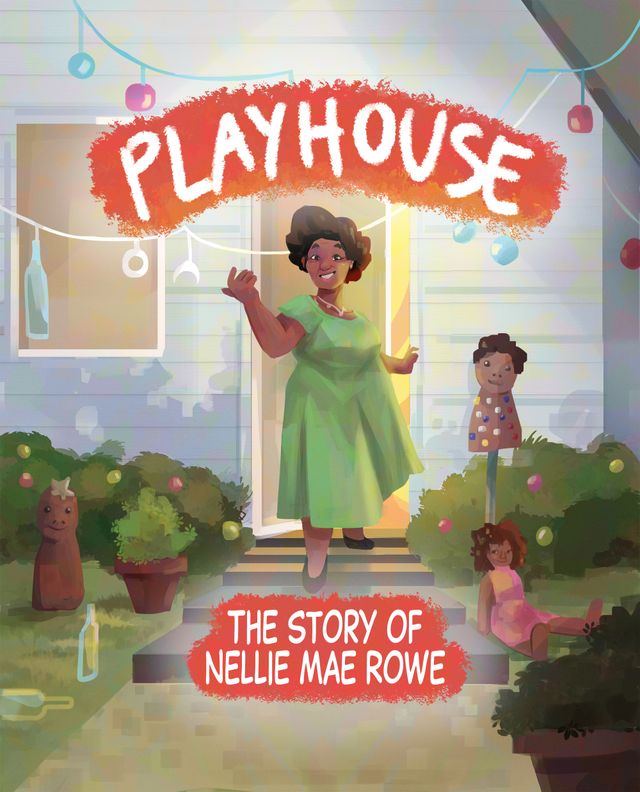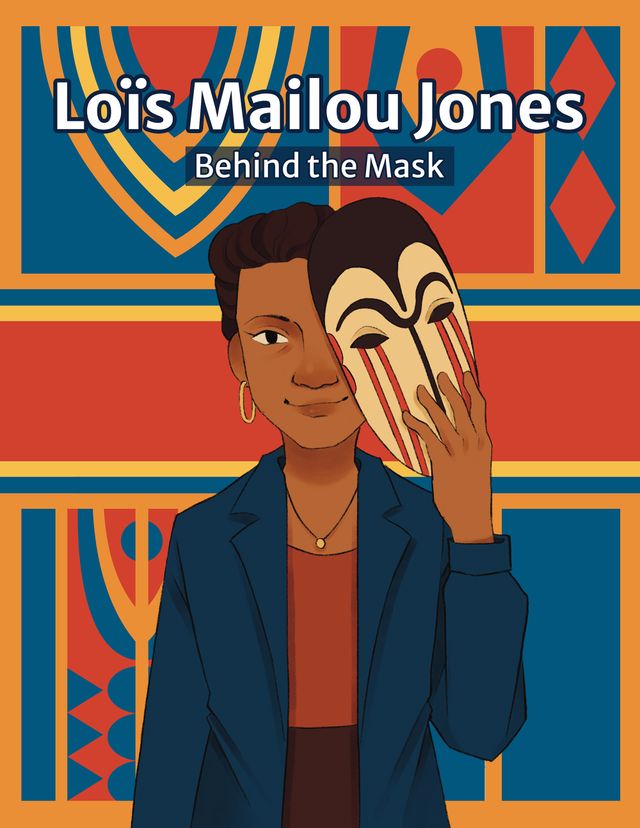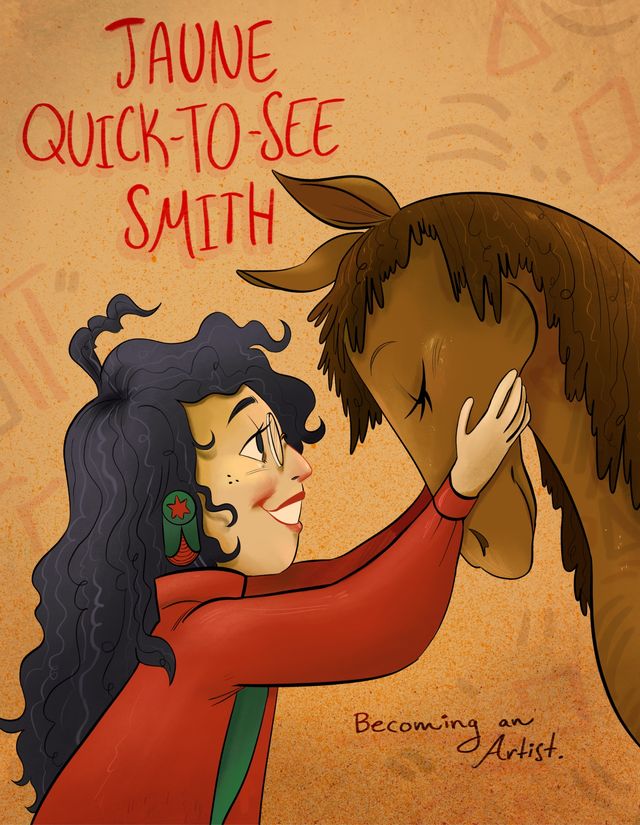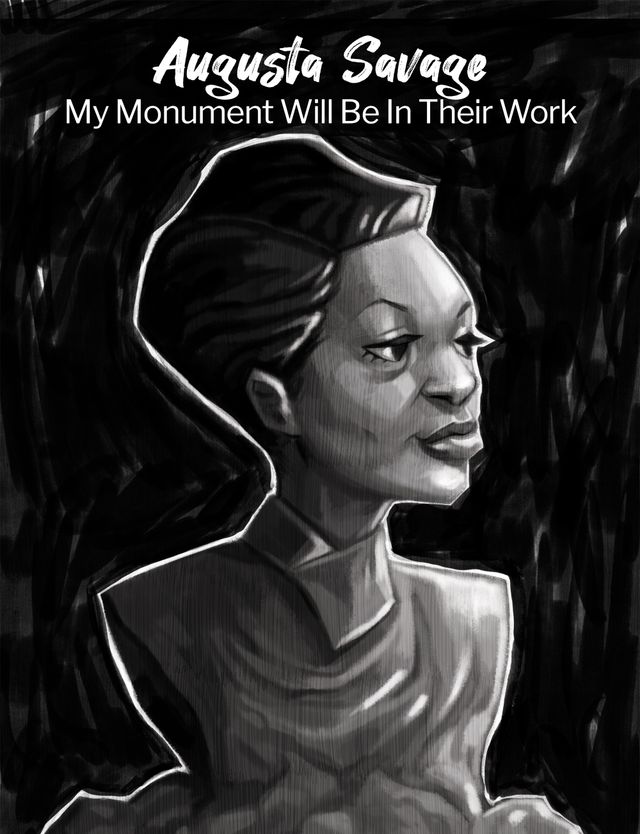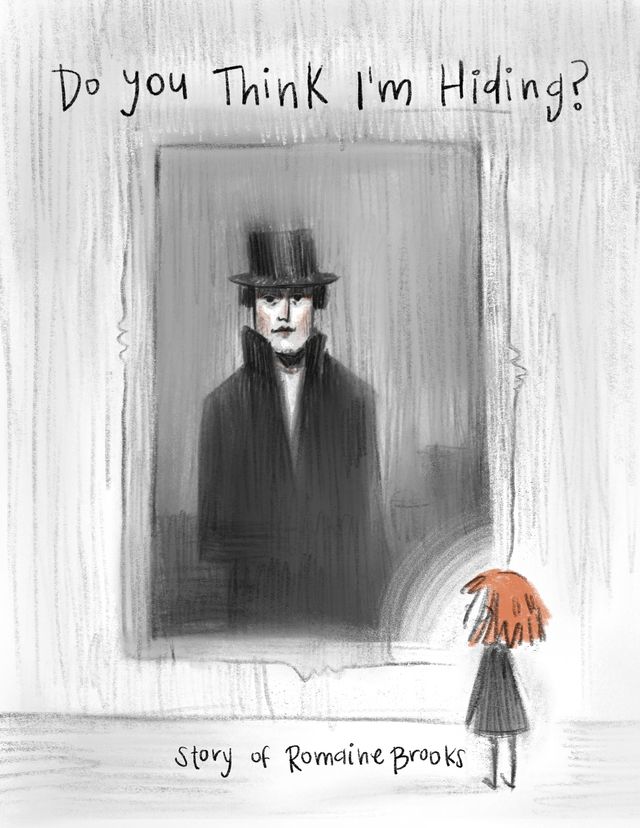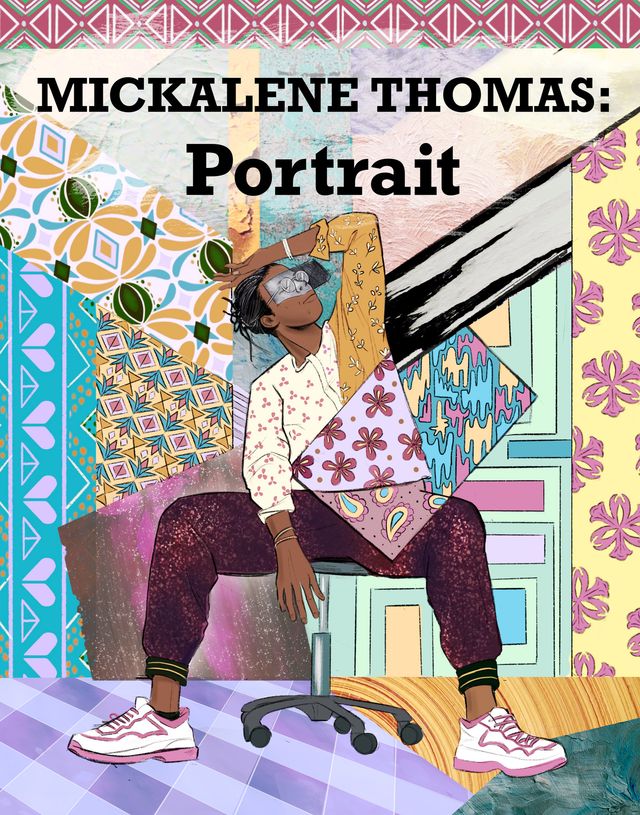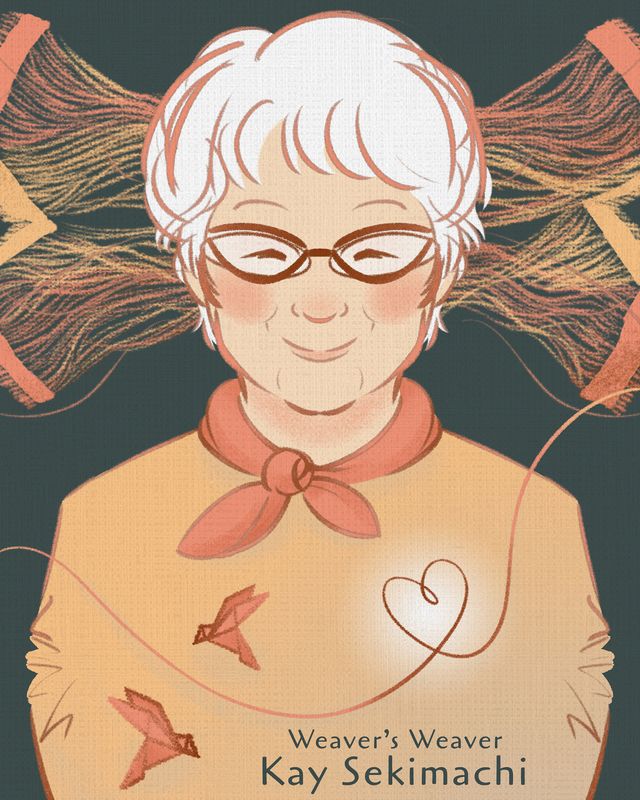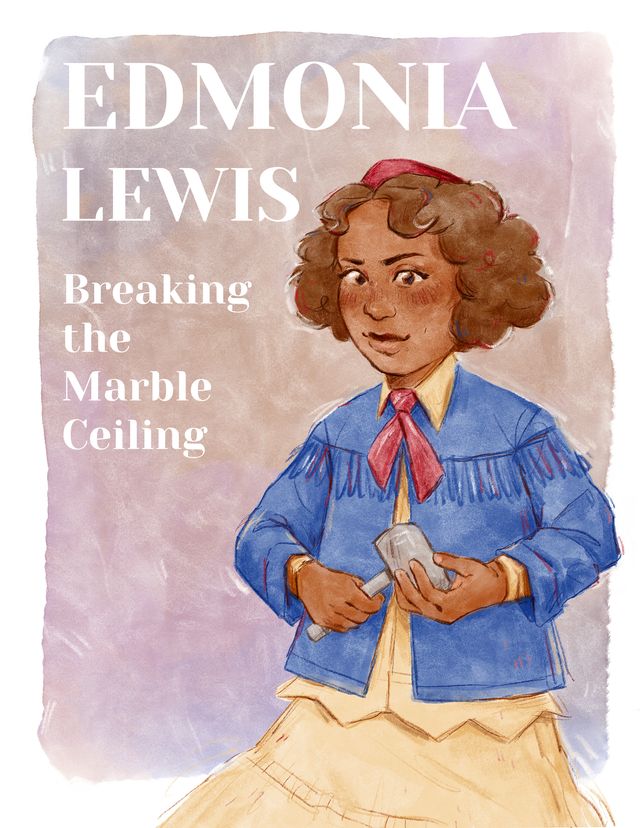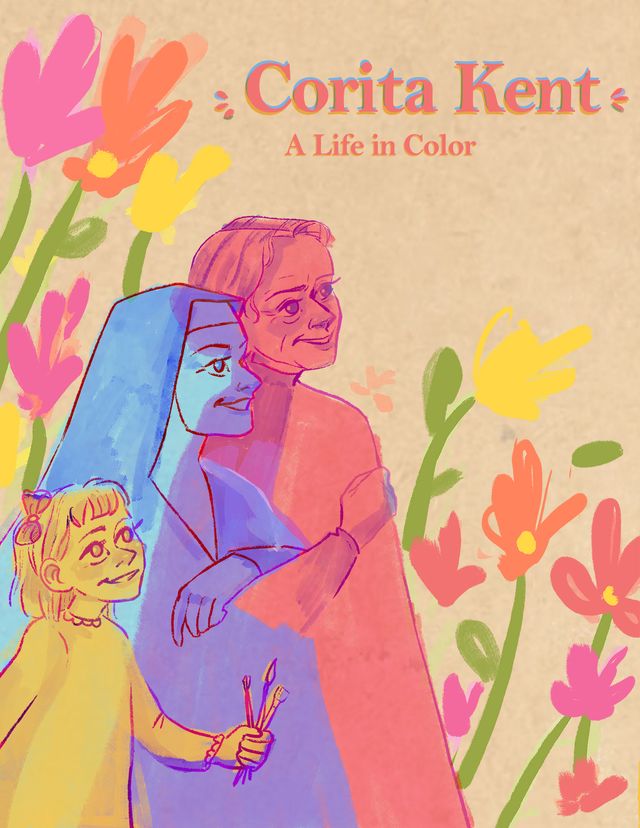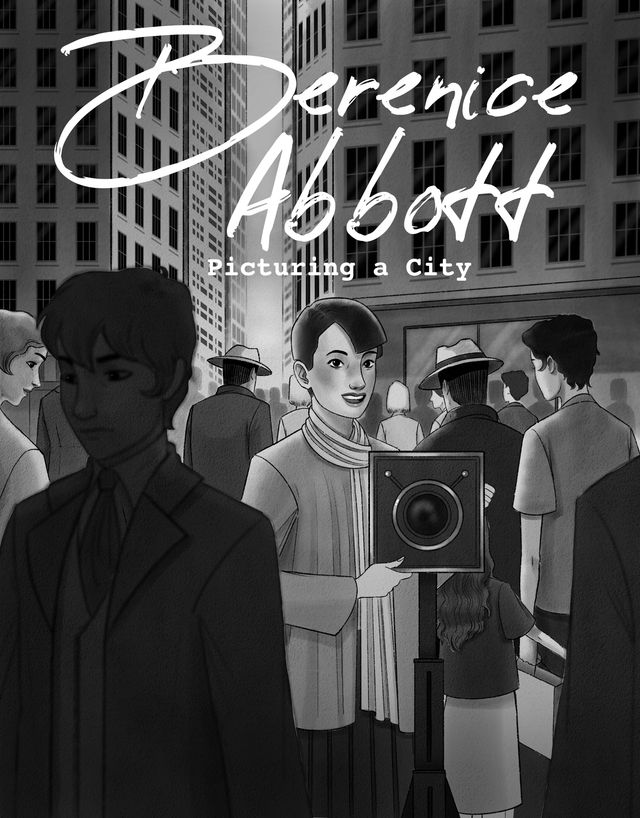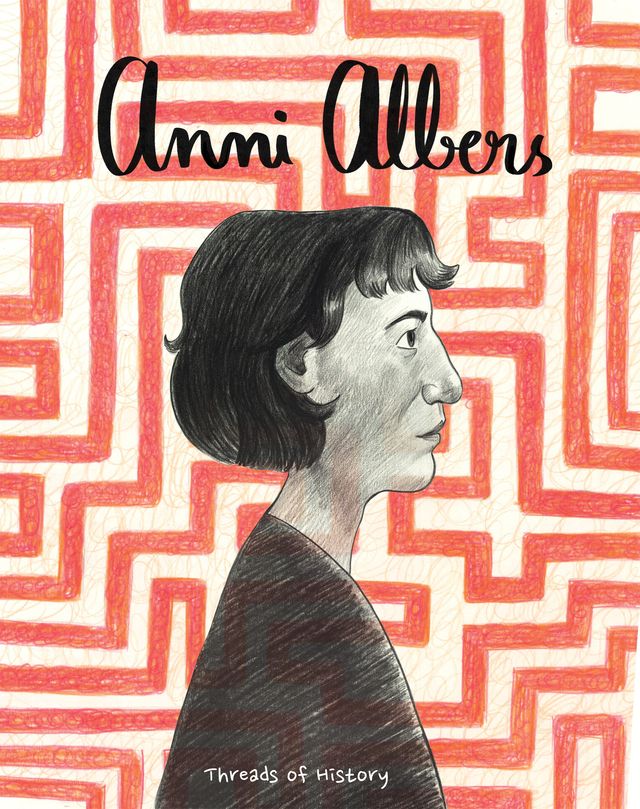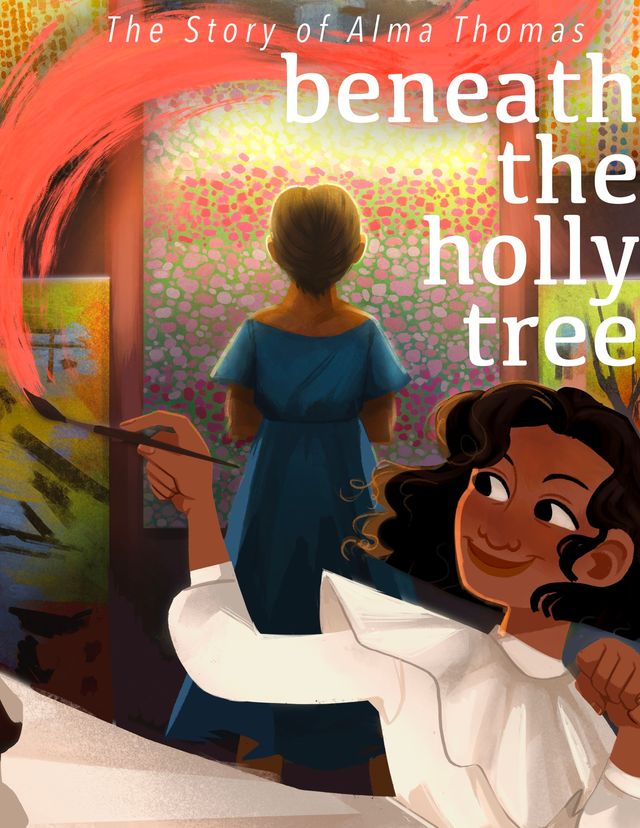This comic is part of a series Drawn to Art: Ten Tales of Inspiring Women Artists that illuminates the stories of ten women artists in the collection of the Smithsonian American Art Museum. Inspired by graphic novels, these short takes on artists’ lives were each drawn by a woman student-illustrator from the Ringling College of Art and Design.
Born in 1845, the American painter known for her depiction of flowers described herself as a “Garden-Thirsty Soul.” Maria Oakey Dewing’s promising career was overshadowed by her marriage to a more famous artist. Her artworks remain unsurpassed in celebrating the beauty of the natural world.

A young woman, Maria Oakey Dewing, stands in a colorful garden. The sky behind her is bright blue, and she wears a long blue dress with full length sleeves, buttons down the front, and a bustle in the back. Her straw hat has a blue ribbon. She smiles slightly and looks out, making eye contact with the reader. Around her, a riot of blooms, including yellow Black-eyed Susans, pink and yellow lupines, blue hydrangeas, peach tulips, and pink roses. In her right hand, she holds a paintbrush up to a canvas on an easel.
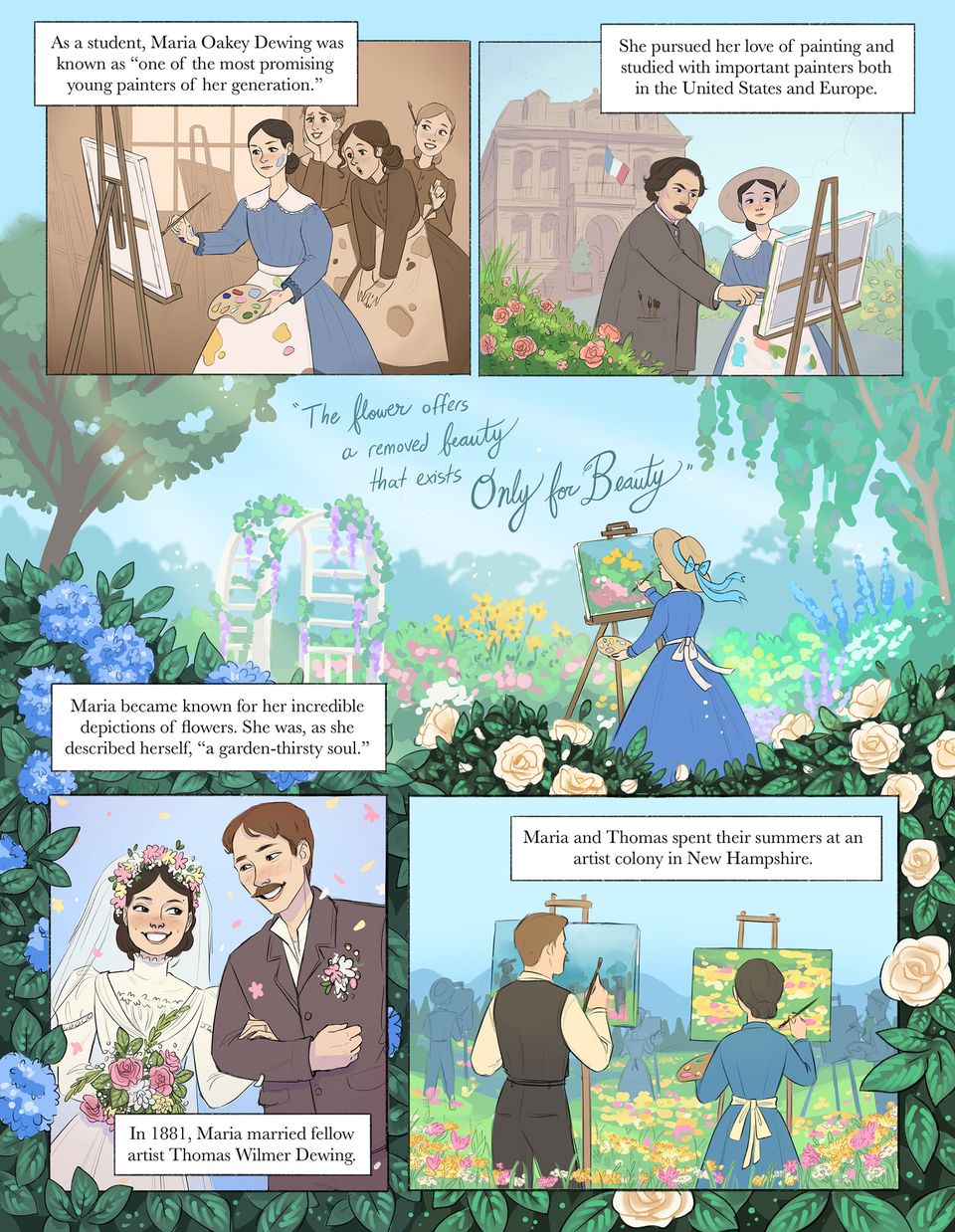
Panel one: A scene inside a painting studio is depicted in shades of brown. Only Maria is in color: the soft blue of her dress, white of her collar and apron, and splotches of paint on her apron and face are bright against the rest of the scene. She is standing in front of an easel, which is faced away from us. Three young women in similar dress and aprons gather around Maria, expressions of delight on their faces, hands clutched expressively to show that they can barely contain their admiration. Text reads, “As a student, Maria Oakey Dewing was known as ‘one of the most promising young painters of her generation.’” Panel two: Maria stands in a garden, wearing a straw hat, a paintbrush tucked behind her ear, a hat shading her face from the sun. Next to her an older man wearing a brown smock with paint brushes tucked in a pocket, points at her easel. He has a serious but interested expression on his face. Behind them a large building flies the French flag. Text reads, “She pursued her love of painting and studied with important painters both in the United States and Europe.” Panel three: A garden spreads out from the center of the page, the trees and blooms framing the other panels on the page. The sky is blue, green-leafed trees arch overhead, and flowers of all colors surround Maria. The artist is standing at an easel, her back to us. We can see the canvas on her easel. She is painting the garden. The blue ribbon on her straw hat and the white apron ties blow in the wind. A quote written in cursive text in the sky above her reads, “The flower offers a removed beauty that exists only for beauty.” Text reads, “Maria became known for her incredible depictions of flowers. She was, as she described herself, ‘a garden-thirsty soul.’” Panel four: A beaming Maria stands with her left hand hooked in a young man’s right arm. They gaze at each other with love. She is wearing a lacy wedding gown with long puffed sleeves and a veil, a crown of flowers and a bouquet in her right hand. The man is her husband, Thomas Wilmer Dewing. He wears a flower boutonniere, his short brown hair and mustache a shade lighter than his suit. Flower petals rain down on them. Text reads, “In 1881, Maria married fellow artist Thomas Wilmer Dewing.” Around the frame of the scene, blue hydrangeas bloom. Panel five: A group of artists stand in a meadow of flowers painting the scene. Closest are Thomas at the left and Maria at the right. Thomas’s canvas shows the other people standing in the meadow. Maria’s painting focuses on the flowers themselves. Text reads, “Maria and Thomas spent their summers at an artist colony in New Hampshire.” Around the frame of the scene white roses bloom.
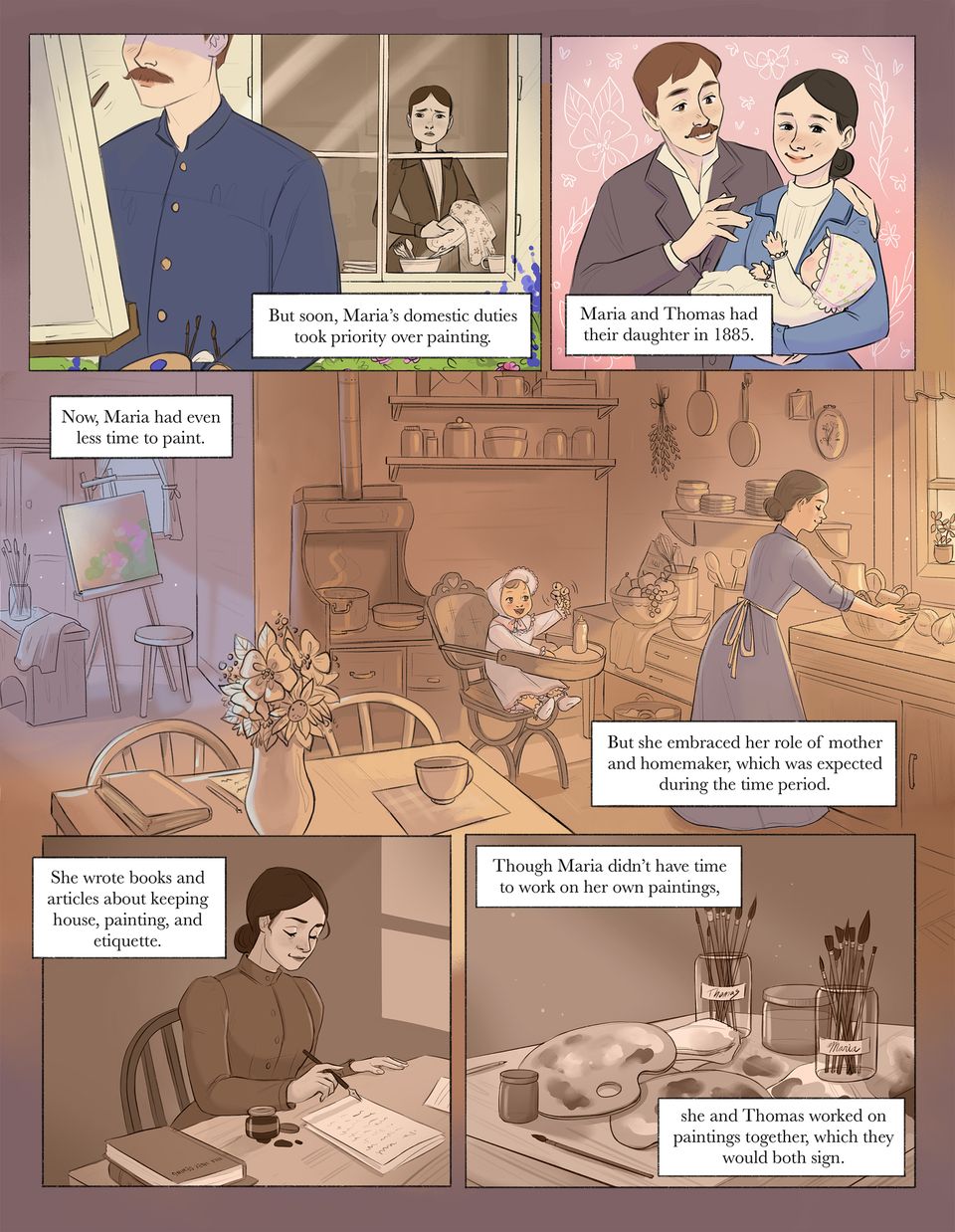
Panel one: Thomas stands outside, painting at an easel. He is wearing a blue shirt, and paint brushes are tucked in his pocket. Behind him, Maria stands looking out the window. She is holding a flowered cloth and is drying a dish, more dishes and utensils stacked on the counter in front of her. Her brows are drawn, and she looks at Thomas with distress, clearly wishing she could be outside painting instead of doing chores. The interior of the house is dark and dreary, and Maria is shown in shades of gray. Outside, everything is color and light. Text reads, “But soon, Maria’s domestic duties took priority over painting.” Panel two: A smiling Thomas and Maria stand next to each other. Thomas is gazing at a new baby in Maria’s arms. He smiles and waves his hand at the baby, who reaches her hand toward Thomas, her rosy cheek peeking out from a lacy bonnet. Maria smiles softly and her eyes look straight ahead. Behind them pale pink wallpaper decorated with white flowers and plants. Text reads, “Maria and Thomas had their daughter in 1885.” Panel three: Maria is standing in the interior of the Dewing home. The room and contents are all in shades of browns, but once again, Maria is in color. She is wearing a blue dress, although the color is subdued. She stands in a kitchen full of pots, pans, utensils, and food. She smiles slightly and looks in front of her at a bowl she is placing on the counter in front of a window. Just behind her, the baby in a highchair smiles as it shakes a rattle. A vase of flowers sits on the kitchen table, but like the rest of the scene, all the flowers are in shades of brown. To the left of the kitchen, behind the vase is Maria’s abandoned easel. An unfinished painting of pink flowers and greenery sits on the easel. Text reads, “Now, Maria had even less time to paint. But she embraced her role of mother and homemaker, which was expected during the time period.” Panel four: Maria is sitting at a table writing. The ink pot to her right is open, and ink has spilled onto the desk. A stack of books sits at her right elbow. Again, everything is in shades of brown, and even Maria’s dress is brown. Text reads, “She wrote books and articles about keeping house, painting, and etiquette.” Panel five: Painter’s supplies litter a small table. There are small jars, rags, and paintbrushes, and two easels and two glass cups full of brushes. One cup is labeled “Thomas” and one is labeled “Maria.” Once again, everything is depicted in shades of brown. Text reads, “Though Maria didn’t have time to work on her own paintings, she and Thomas worked on paintings together, which they would both sign.”
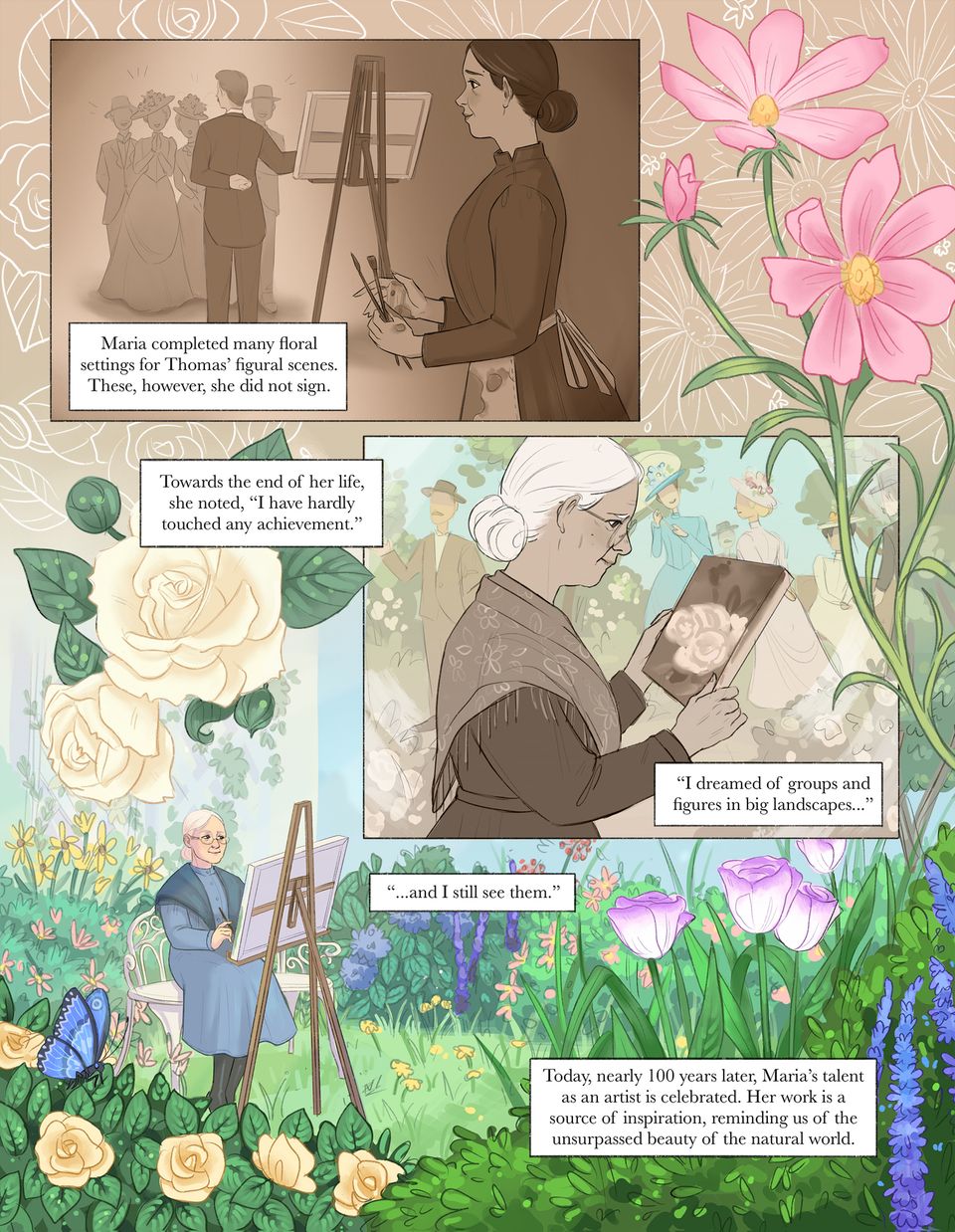
Panel one: Maria stands in profile, looking at a group of people in the distance. She is dressed casually in a dress with a paint-spattered apron, hands covered in paint and clutching brushes. The group of people are dressed formally, men in suits and hats, women in dresses and hats. They appear excited and interested in the painting that Thomas is showing them. Text reads, “Maria completed many floral settings for Thomas’ figural scenes. These, however, she did not sign.” Around the panel, white outlines of flowers against a brown background peek out. A pink cosmos plant grows up the page to the right, and twines around the next panel. Panel two: An older Maria stands in a garden, white hair pulled back in a bun, delicate glasses perched on her face, a flowered shawl draped over her shoulders. She is in shades of brown and is gazing down at a small painting of flowers that she holds in her hands. Behind her, a colorful garden scene with people enjoying their day is in stark contrast to her quiet contemplation. To the left of this scene a large white roses bloom. Text reads, “Towards the end of her life, she noted, ‘I have hardly touched any achievement. I dreamed of groups and figures in big landscapes...” Panel three: This panel takes up most of the page. It is full of sunlight and is bursting with colorful flowers. A pleasantly informal garden with roses, daisies, hydrangea, and a blue butterfly is a peaceful place for an elderly Maria to paint. She sits on a white iron bench, a dark blue shawl tucked over her lighter blue dress, white hair pulled back in a bun and glasses helping her see the garden around her. She looks at her painting with a soft smile. Text reads, “’...and I still see them.’ Today, nearly 100 years later, Maria’s talent as an artist is celebrated. Her work is a source of inspiration, reminding us of the unsurpassed beauty of the natural world.”
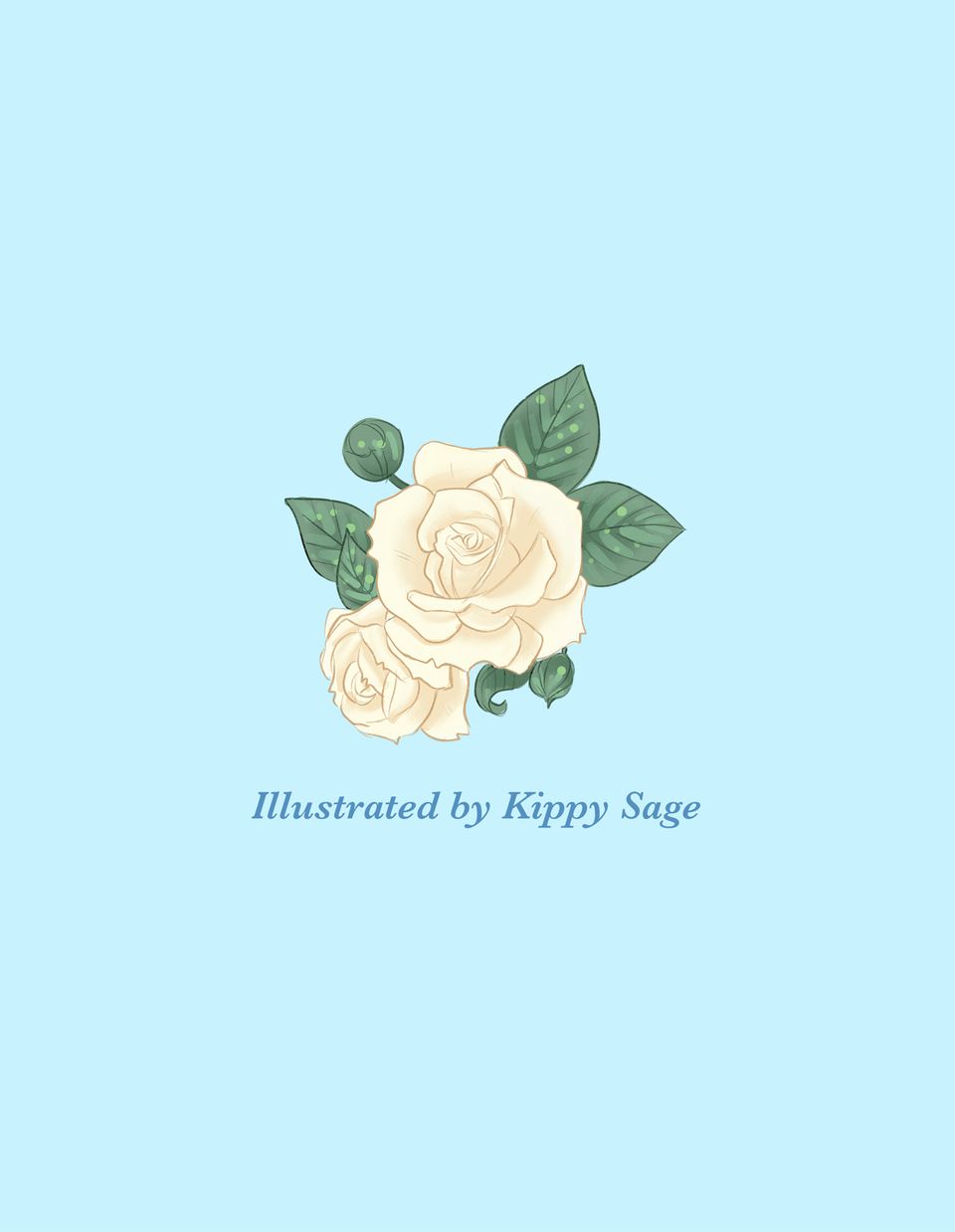
Against a blue background, two white roses with green leaves and two buds. Text reads, “Illustrated by Kippy Sage.”














